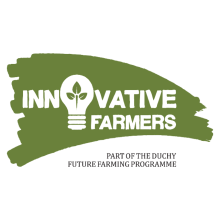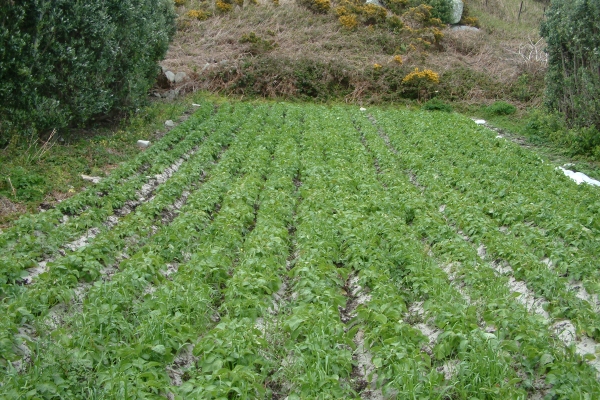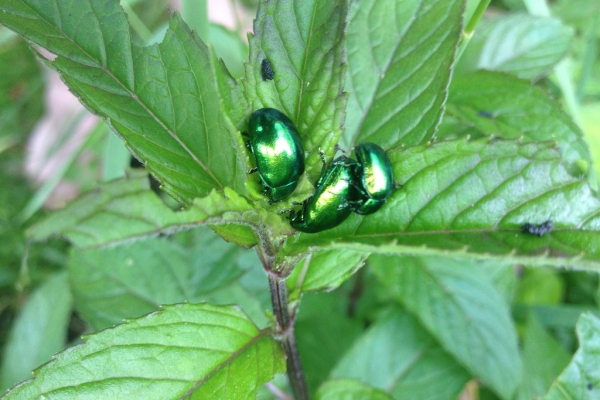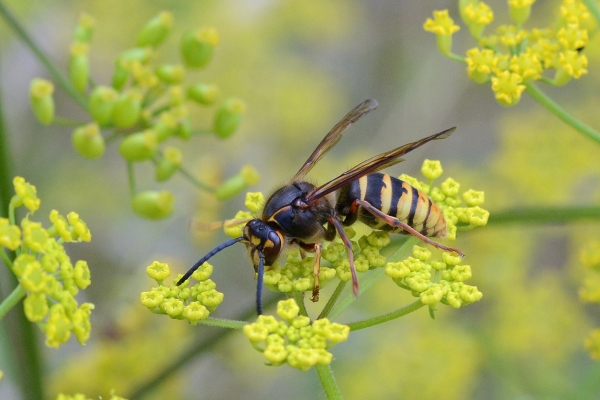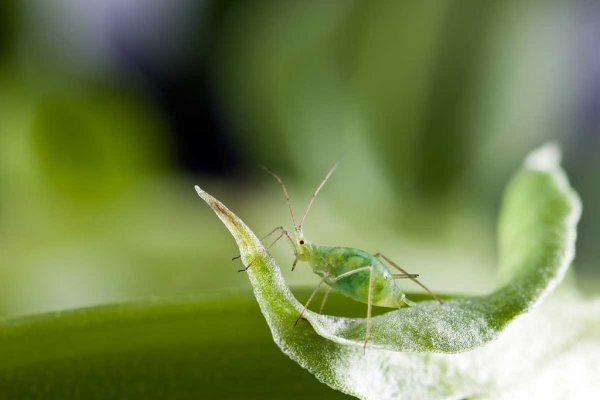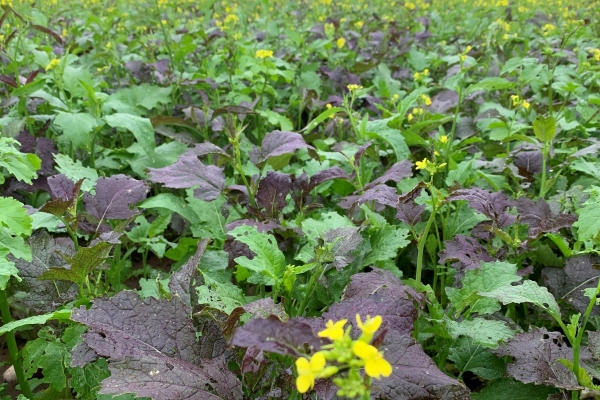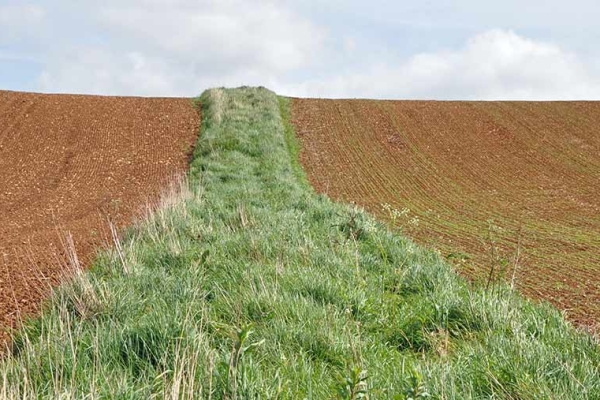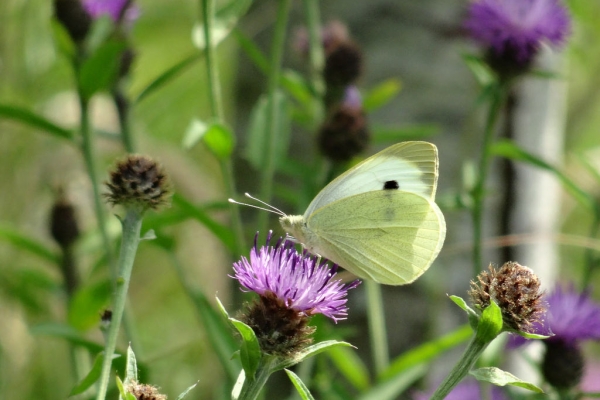Wireworm and Integrated Pest Management (IPM)
Resource explained
This webinar was organised by Innovative Farmers to present the conclusions and recommendations of the Field Lab, which explored the potential for cover crops and biofumigant crops to control or reduce wireworm populations in potatoes. Dr Ben Clunie, applied entomologist with expertise in the biological control of wireworm at Harper Adams, introduced the biology and ecology of wireworm. Martyn Cox of Blackthorn Arable gave an overview of the rationale behind the field lab which aimed to explore the viability of different cover crops and cultivation practices on wireworm populations and the effect on following potato crops. There was discussion on Canadian work demonstrating the potential of buckwheat and mustard to impact on wireworm populations. Richard Griffith (Griff), agronomist at Produce Solutions, introduced the trial and Dr Ben Clunie talked through the results. Martyn Cox then presented some pointers for mitigating wireworm risk in potato crops.
Findings & recommendations
- Buckwheat and mustards have potential to impact on wireworm populations, but the mechanisms are unclear.
- The trials were inconclusive and hampered by poor weather and problems detecting very small larvae in soil.
- An unexpected result was increased wireworm presence on plots that were flame weeded. An explanation could be that flame weeding was killing some predators of wireworms, most likely carabid or rove beetles or other predators such as stiletto fly larvae.
- There were some unanswered questions such as how much do regenerative approaches such as ‘keeping the ground covered at all times’ and minimal cultivations encourage the pests, and how can we manage wireworm best without damaging the soil?
- Rotations including lots of cereals, or long-term grass leys, pose high risk of wireworm damage to potato crops.
- It is important to consider the multi-functional roles of cover crops such as buckwheat within the rotation.
- The main options for wireworm control remain cultural. Varieties differ significantly in their susceptibility to wireworm.
- Date of harvest is the single biggest influence on damage levels. Harvesting potatoes earlier (July to mid-August) is the best option and likely to be so for some time yet.
Read the final report of The use of cover and biofumigant crops to reduce wireworm populations in potatoes field lab here.

